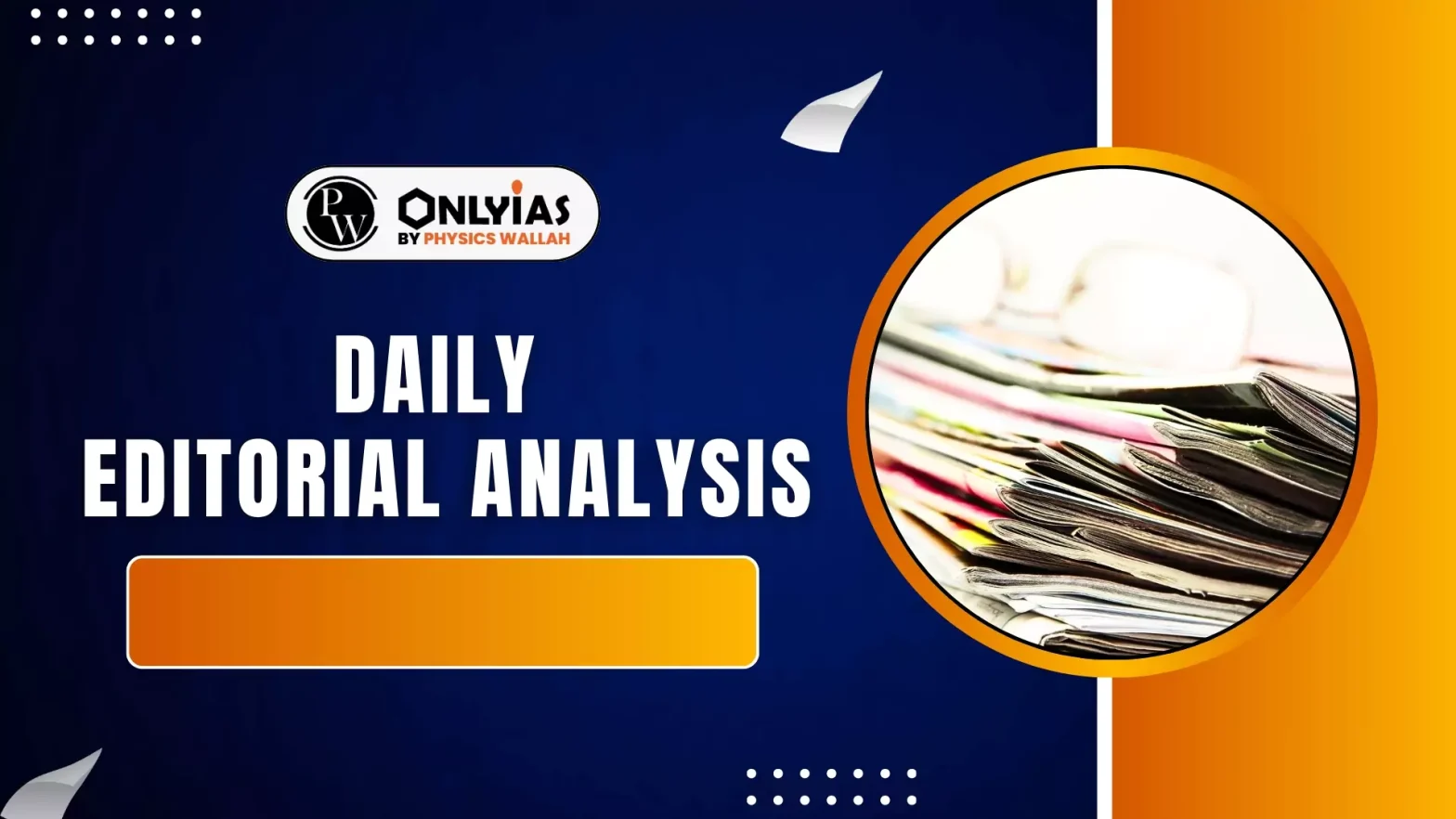Recently, Israel attacked Iran, targeting nuclear facilities and military bases.
Israel-Iran Conflict
- Military Confrontation: Israel cited an “existential threat,” though US experts deemed Iran’s enrichment not weapons-grade, making the attack unprovoked.
- Line of No Return: This direct strike, a shift from Israel’s usual sabotage tactics, marks a critical escalation for all. Iran retaliated with over 200 ballistic missiles aimed at Israeli nuclear sites and residential zones.
- Immediate Consequences: The hostilities have resulted in over 130 deaths, widespread fear, and critical infrastructure damage, shattering diplomacy. This military confrontation has profoundly upended Middle Eastern geopolitics.
- International Reactions: US President Donald Trump’s statement suggested tacit American support for Israel’s actions. Most Gulf states condemned the strike, though some, like Saudi Arabia, may be secretly relieved by Iran’s weakened position.
International Reactions to the Israel-Iran Conflict
- China’s Strategic Silence: China has remained pointedly silent, balancing its energy security and Belt and Road interests in Iran with its key technology partnership with Israel.
- Beijing may aim to be a non-interventionist peacemaker, contrasting with unconditional US support for Israel, potentially gaining maneuver room on Taiwan and in the Indo-Pacific.
- Russia’s Weak Condemnation: Russia called for an immediate UN Security Council meeting and resolution, knowing the US would veto it. Consequently, Moscow’s condemnations of Israel’s attack have lacked significant force.
- SCO and India’s Stance: The Shanghai Cooperation Organization (SCO), which includes India, has condemned Israel’s attack. However, India has carefully distanced itself from the SCO’s common statement, prioritizing strategic autonomy and quiet diplomacy amidst complex regional dynamics.
- Europe’s Alarm: Europe is alarmed by Israel’s actions but remains unsympathetic to Iran due to its record on uranium enrichment.
- Transactional Global Order: These varied international responses reveal a global system driven increasingly by narrow transactional interests rather than a shared security architecture, injecting fresh volatility into an already fragile world order.
Iran’s Vulnerability and Threats
- Unequal Support: Israel enjoys strong political, military, and diplomatic backing from the US, while Iran receives only ambivalent, conditional, or weak support from other major powers.
- Weakened Non-State Actors: Non-state actors like Hezbollah and the Houthis, which could have aided Iran, have been weakened.
- Testing Resilience: Tehran’s resilience will be severely tested, potentially leading to “desperate measures.”
- Threats Issued: Iran has threatened strikes on the military bases of Israel’s allies (including US bases) and has warned of barring oil movement through the Strait of Hormuz, a chokepoint for 20% of global oil flow.
- Domestic Opposition: The Ali Khamenei administration is also grappling with strong internal opposition, which Israel has attempted to exploit
Impact on India
- Structural Impact: Instability in West Asia deeply affects India due to immediate and structural stakes.
- Energy Security: Around 60% of India’s crude oil passes through the Strait of Hormuz.
- Diaspora: India has 8 million citizens in the Gulf region.
- Economic Repercussions: Oil prices above $100 will worsen inflation, widen the current account deficit, hasten the rupee’s fall, and strain the fiscal deficit.
- Investment Downturn: Net inbound foreign direct investment (FDI) was almost negligible last year, and investors will adopt a “wait-and-watch” approach, hurting India’s growth prospects.
- Balancing Act: New Delhi must balance its energy security and Chabahar interests in Iran with its tech and defence partnership with Israel.
- Moral Imperative: India cannot remain silent on Israel’s attack on Iran’s sovereignty, as that would be seen as a “moral abdication.”
- Navigating Conflicts: This is the third such conflict (following Ukraine and Gaza) where India faces a narrow diplomatic path and a tight balancing act to protect its strategic autonomy while aspiring to UN Security Council membership and great power status. India’s response reflects a preference for non-alignment and quiet diplomacy.
Way Forward for India
- Domestic Economy Priority: India’s foremost priority is its domestic economy, given its vulnerability to commodity prices, oil, exchange rates, and investment flows.
- Energy Diversification: India cannot rely on discounted Russian crude due to potential US reactions.
- Trade Agreements: The free trade agreement with the UK kicks in next year, while a treaty with the US remains uncertain.
- Monetary Policy: The Reserve Bank of India’s (RBI) recent “big rate cut” now appears as a “great pre-emptive strike” against economic weakening, supported by massive liquidity injection.
- Growth Concerns: The 2025-26 GDP growth estimate of 6.5% was already the lowest in four years and may worsen, aligned with global trends.
- Investment Challenges: India’s private sector investment-to-GDP ratio has been stagnant at 10% for a decade, with a recent survey indicating a decline in capital expenditure intentions this year. The government will need to sustain public capex for growth impetus.
- FDI Strategy: India needs at least 2% of GDP in net FDI and must think creatively to attract it.
- Revisiting Chinese Investment: New Delhi should revisit its stance on Chinese investment, allowing it in non-sensitive sectors like EVs, infrastructure, and renewable energy, enabling Chinese exports to utilize Indian value chains.
Conclusion
In the medium term, India needs to diversify its energy sources and export markets, expanding its services export boom beyond Western customers. Paradoxically, the West Asian crisis might present an opportunity for India to emerge stronger with a bigger stature.
![]() 17 Jun 2025
17 Jun 2025

